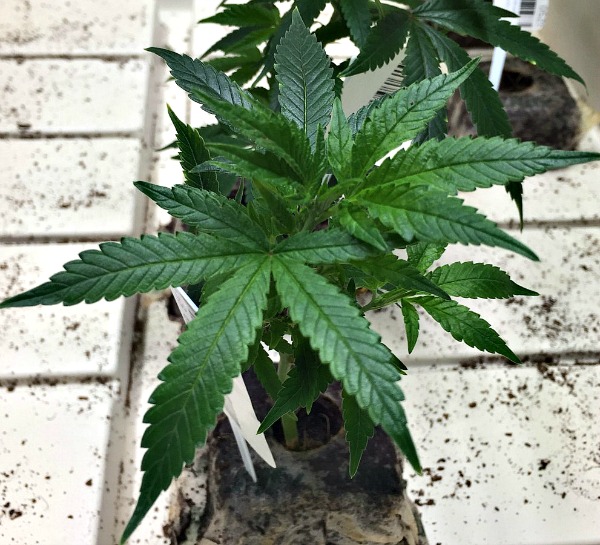
Infamous marijuana leaves.
Marijuana was on the ballot this year in California. Voters decided to pass Proposition 64- what does this mean? Starting in January, the law allows adults over age 21 to use marijuana recreationally. It also means people can grow 6 pot plants in their home for personal use.
Smoking pot while driving and in public is illegal, and so is having more than 28.5 grams of product on your person. It’s also illegal to have this substance around children.
In October I visited Colorado, a state where marijuana is legal. I was curious to learn about how the plant is grown indoors. My friends and I stopped in at L’Eagle, a dispensary in Denver. There, I had a chance to see the plants growing and learn more about the various types of marijuana.
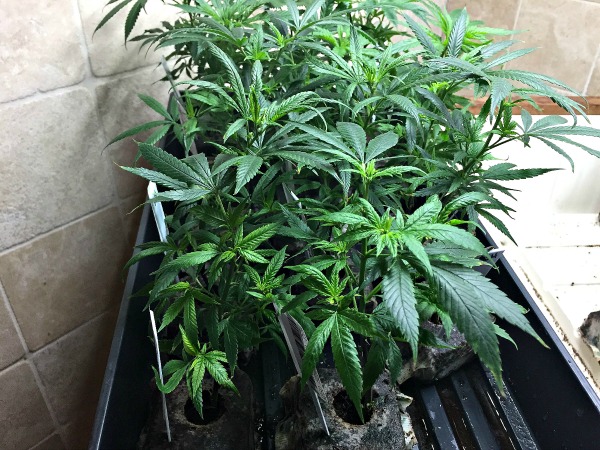
Marijuana plants under grow lights.
I’m not a smoker, and I have an extremely sensitive sense of smell. I personally dislike the odor of pot. However, my horticultural curiosity needed to be satisfied so I asked a lot of questions and found out some cool facts.
Marijuana Origins
The plant is thought to have originated in Asia, and the use of cannabis goes back 12,000 years. There are two psychoactive species of the plant, Cannabis sativa, and C. indica. Cannabis sativa L. is a subspecies known as hemp that is used in manufacturing oil, clothing and fuel.
Marijuana Growing Facts – Indoors
Indoor growers use artificial lights to mimic the effects of the sun. Plants need 18-24 hours of light daily for vegetative growth. The plant is grown for 2-6 weeks before it’s time to initiative flowering. To produce flower buds, lighting is decreased to 12 hours per day. Buds are produced in about 18 weeks.
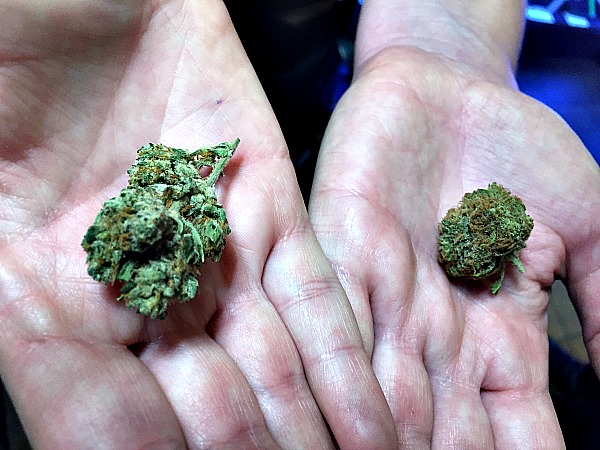
Marijuana buds.
Cannabis Concerns – Indoors and Out
Since growing marijuana was illegal in California, many illegal practices occurred. Growers didn’t have a resource for pest problems. They couldn’t ask at local nurseries or Cooperative Extension offices for pest help. Instead, they had to guess about pests and pesticide/s.
Unfortunately, many “guerrilla” marijuana growers grew plants outdoors in fragile ecosystems in Northern California. These places just started to recover from decades of logging. Many of these growers have destroyed native plant systems and contaminated nearby streams and ruined salmon habitats.
Conclusion
The legalization of marijuana will benefit the environment and users. Agricultural crops are regulated, so growers will need permission to grow and licenses to purchase and apply pesticides. This means the incidences of ground and surface water contamination will decrease.
To read about how to garden naturally with the least impact on the environment, read Eco Gardening.
Of course all of this is my opinion. I hope to hear your thoughts on this issue. Please leave a comment!
Published: October 26, 2016
Updated: November 20, 2016


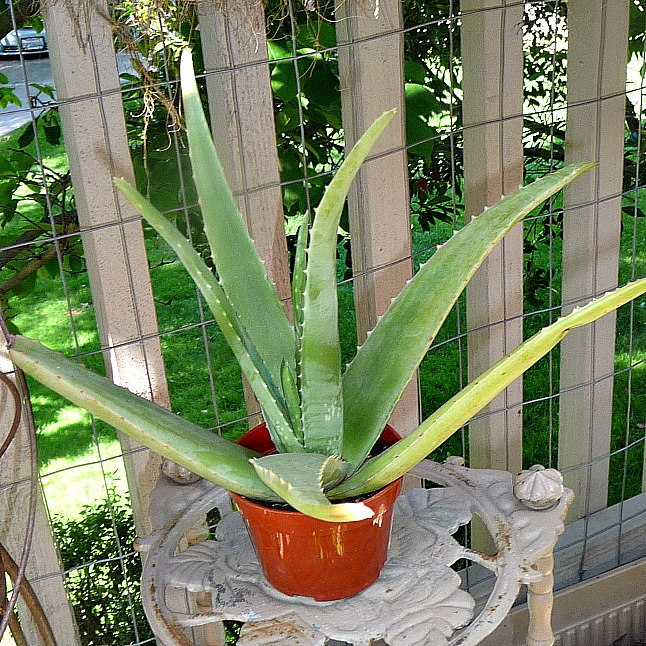

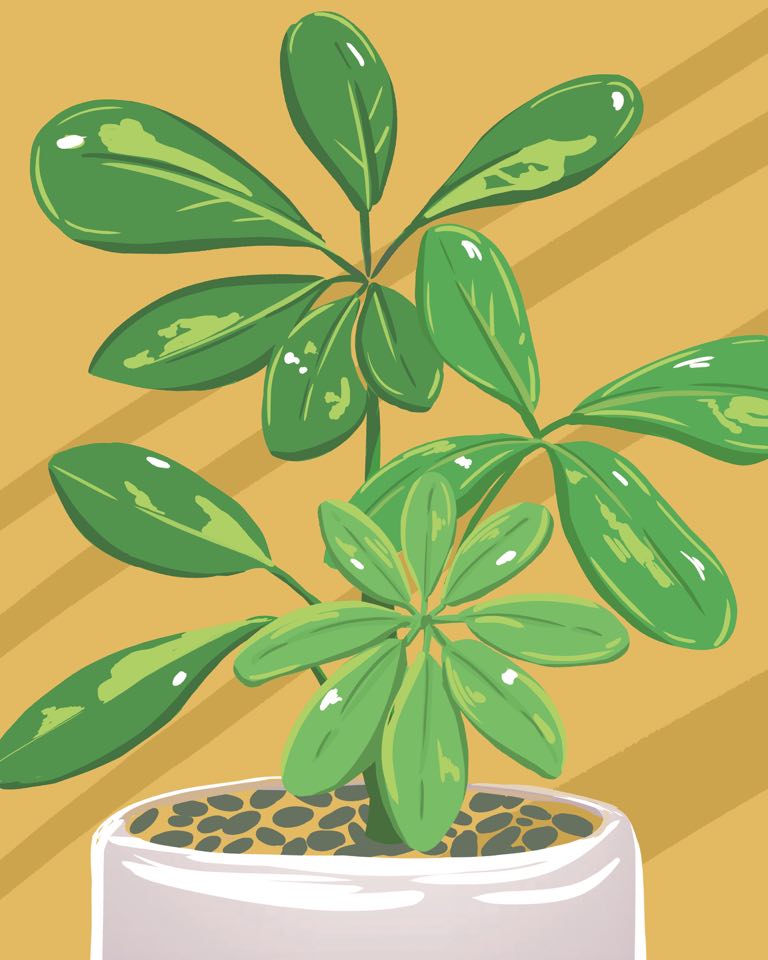
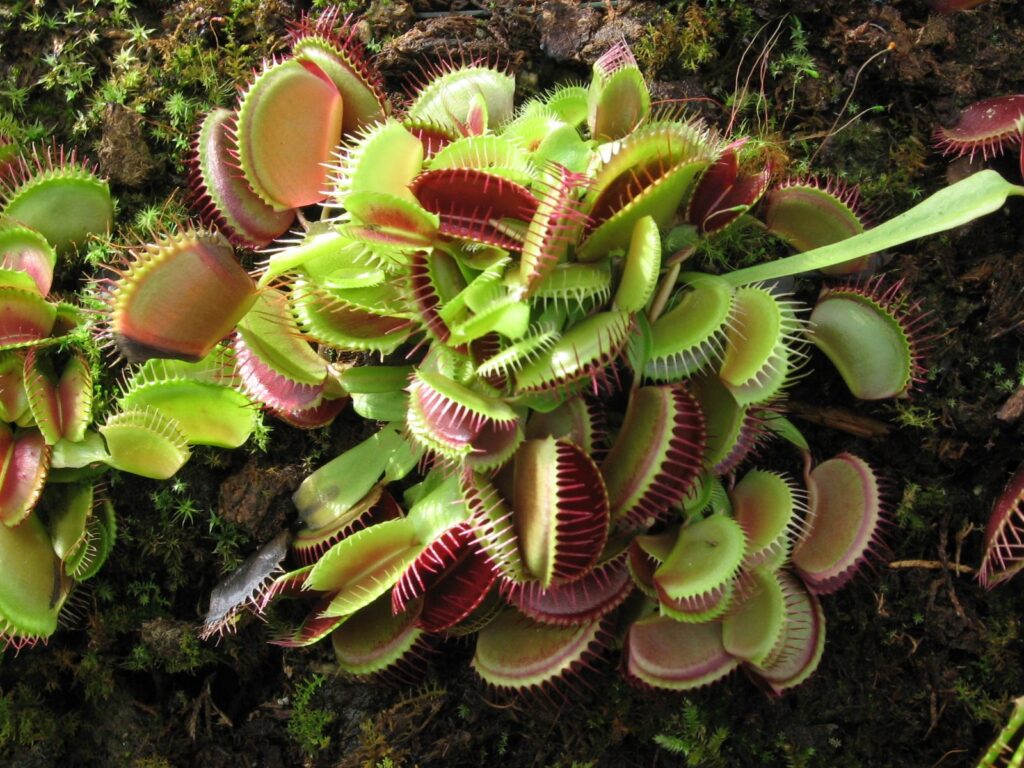
Leave a Reply